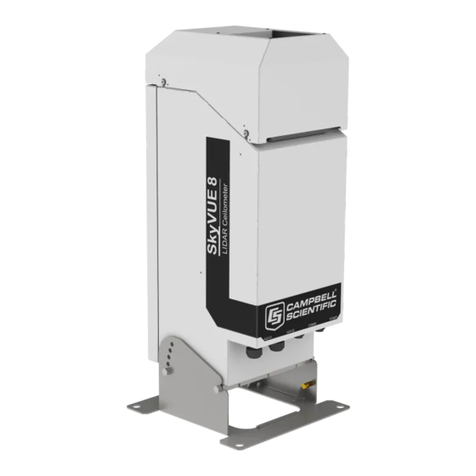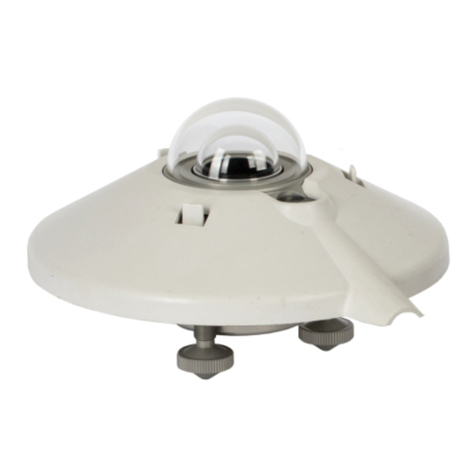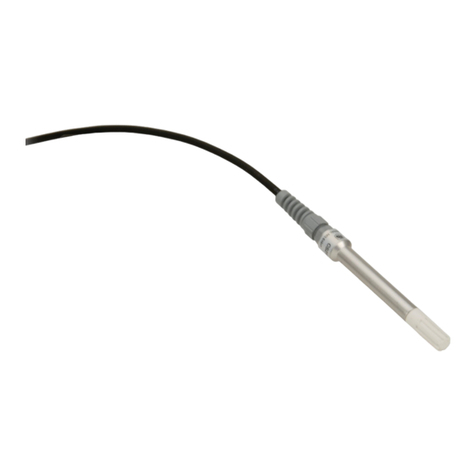Campbell LI200S-LC User manual
Other Campbell Measuring Instrument manuals
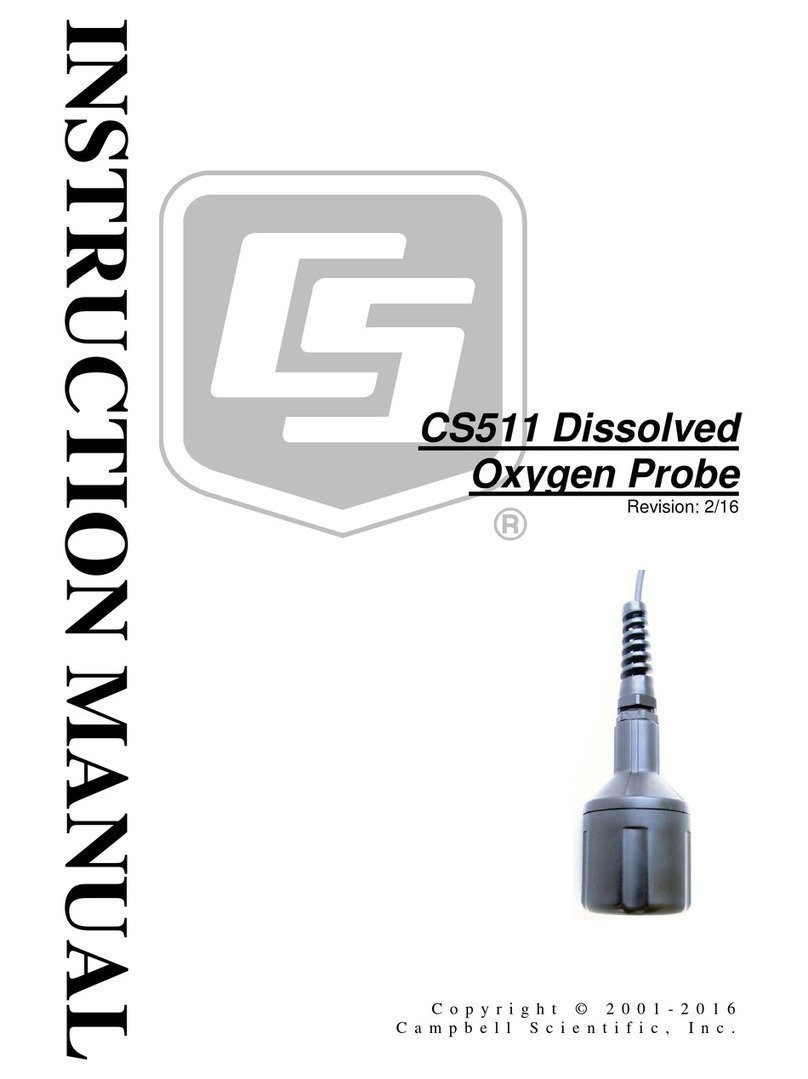
Campbell
Campbell CS511 User manual
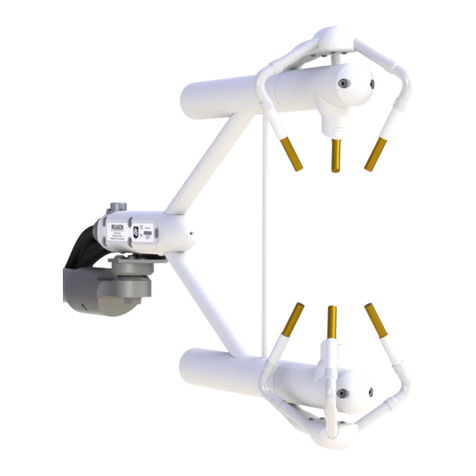
Campbell
Campbell IRGASON User manual
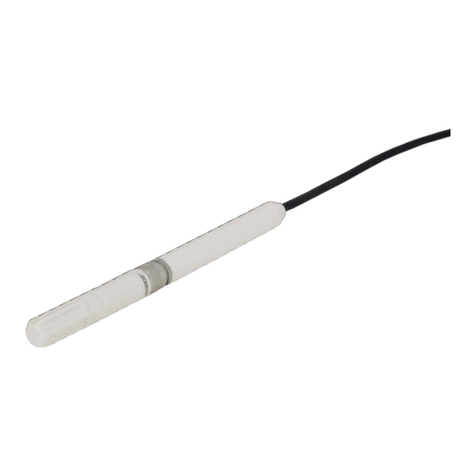
Campbell
Campbell HC2S3 User manual

Campbell
Campbell SkyVUE Pro User manual
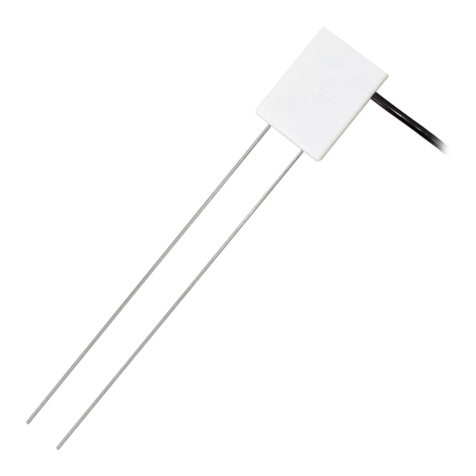
Campbell
Campbell CS616 User manual

Campbell
Campbell NR-Lite User manual
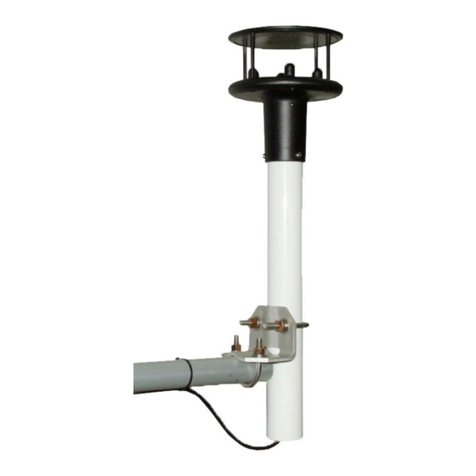
Campbell
Campbell WindSonic User manual

Campbell
Campbell CS300 User manual

Campbell
Campbell CR10XTCR User manual
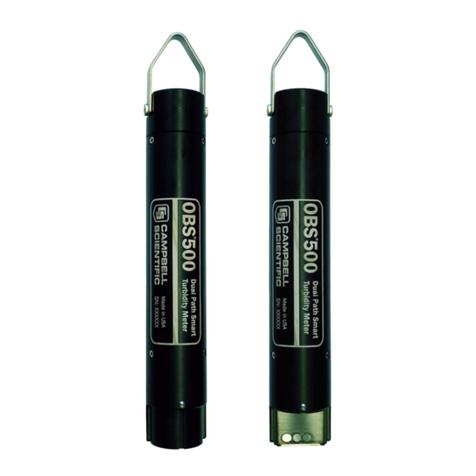
Campbell
Campbell OBS500 User manual
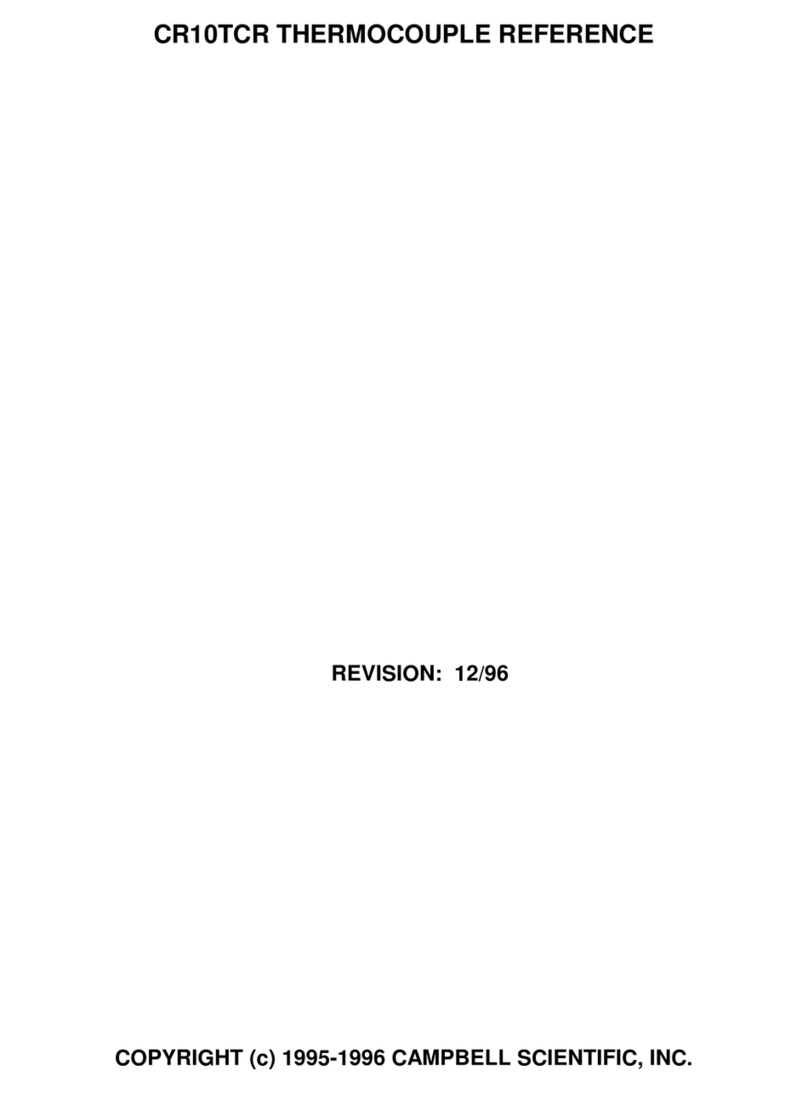
Campbell
Campbell CR10TCR User manual

Campbell
Campbell CS616 User manual
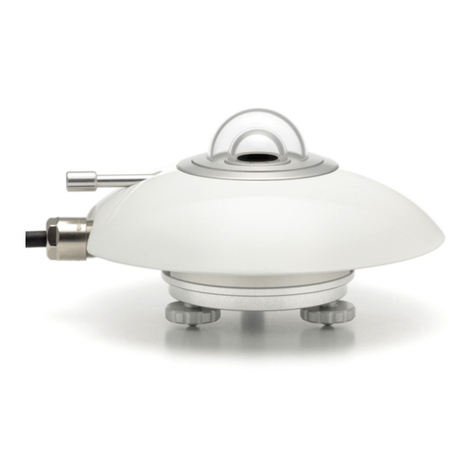
Campbell
Campbell SR20-T2 User manual
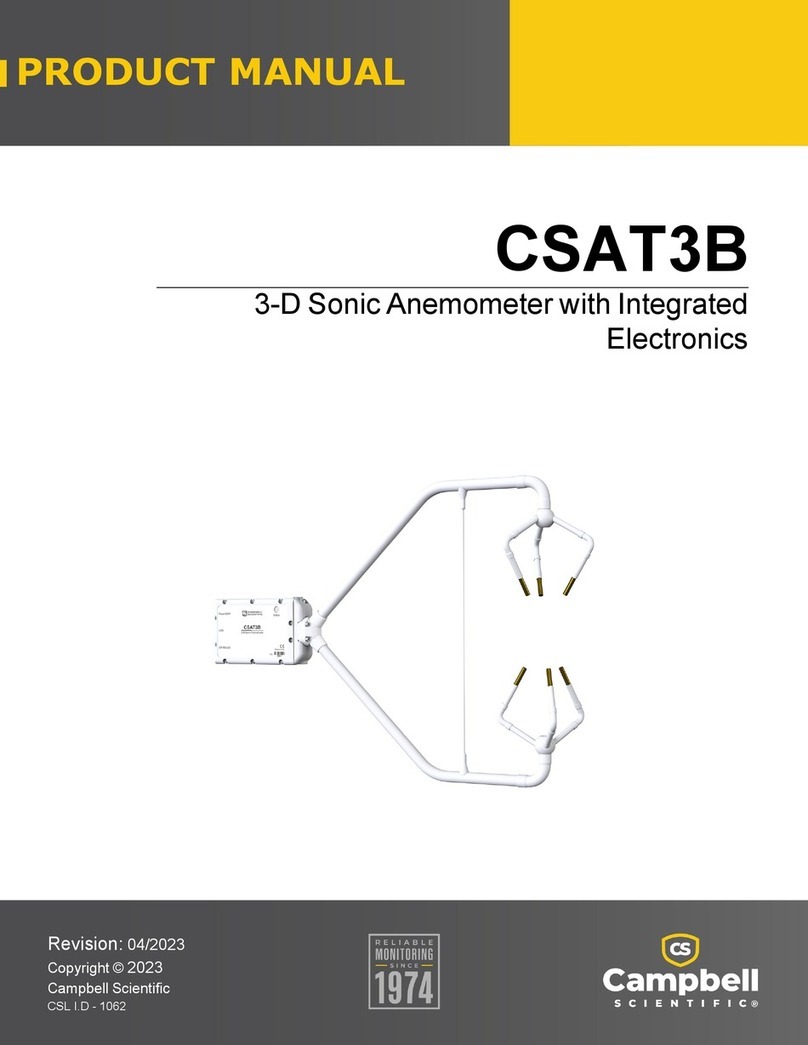
Campbell
Campbell CSAT3B User manual

Campbell
Campbell CSAT3BH User manual
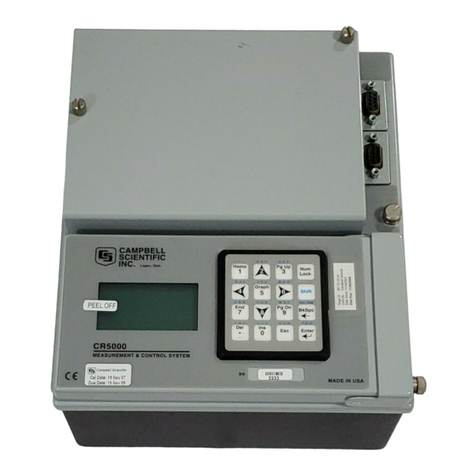
Campbell
Campbell CR5000 User manual
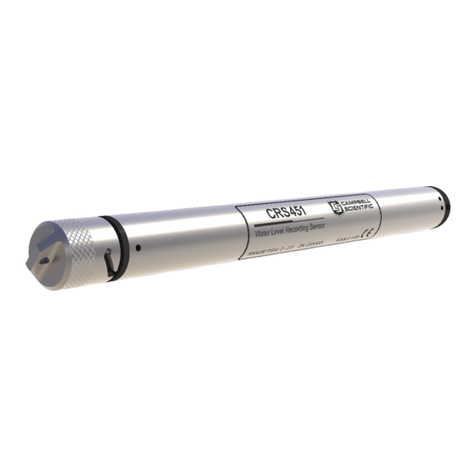
Campbell
Campbell CRS451 User manual

Campbell
Campbell CS616 User manual
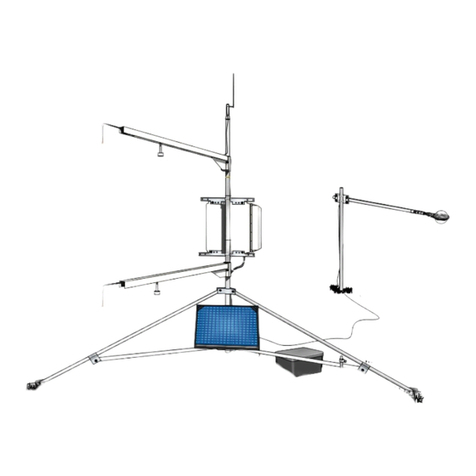
Campbell
Campbell Bowen Ratio Instrumentation User manual
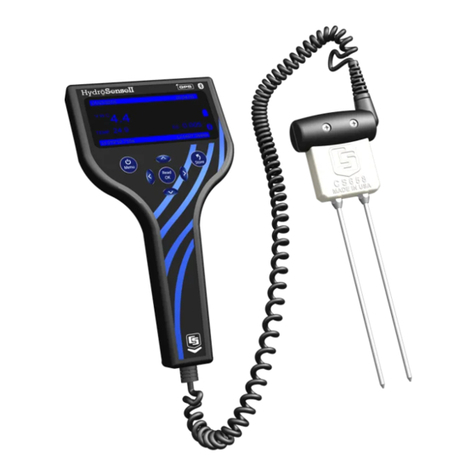
Campbell
Campbell HydroSense II User manual
Popular Measuring Instrument manuals by other brands

Powerfix Profi
Powerfix Profi 278296 Operation and safety notes

Test Equipment Depot
Test Equipment Depot GVT-427B user manual

Fieldpiece
Fieldpiece ACH Operator's manual

FLYSURFER
FLYSURFER VIRON3 user manual

GMW
GMW TG uni 1 operating manual

Downeaster
Downeaster Wind & Weather Medallion Series instruction manual

Hanna Instruments
Hanna Instruments HI96725C instruction manual

Nokeval
Nokeval KMR260 quick guide

HOKUYO AUTOMATIC
HOKUYO AUTOMATIC UBG-05LN instruction manual

Fluke
Fluke 96000 Series Operator's manual

Test Products International
Test Products International SP565 user manual

General Sleep
General Sleep Zmachine Insight+ DT-200 Service manual
